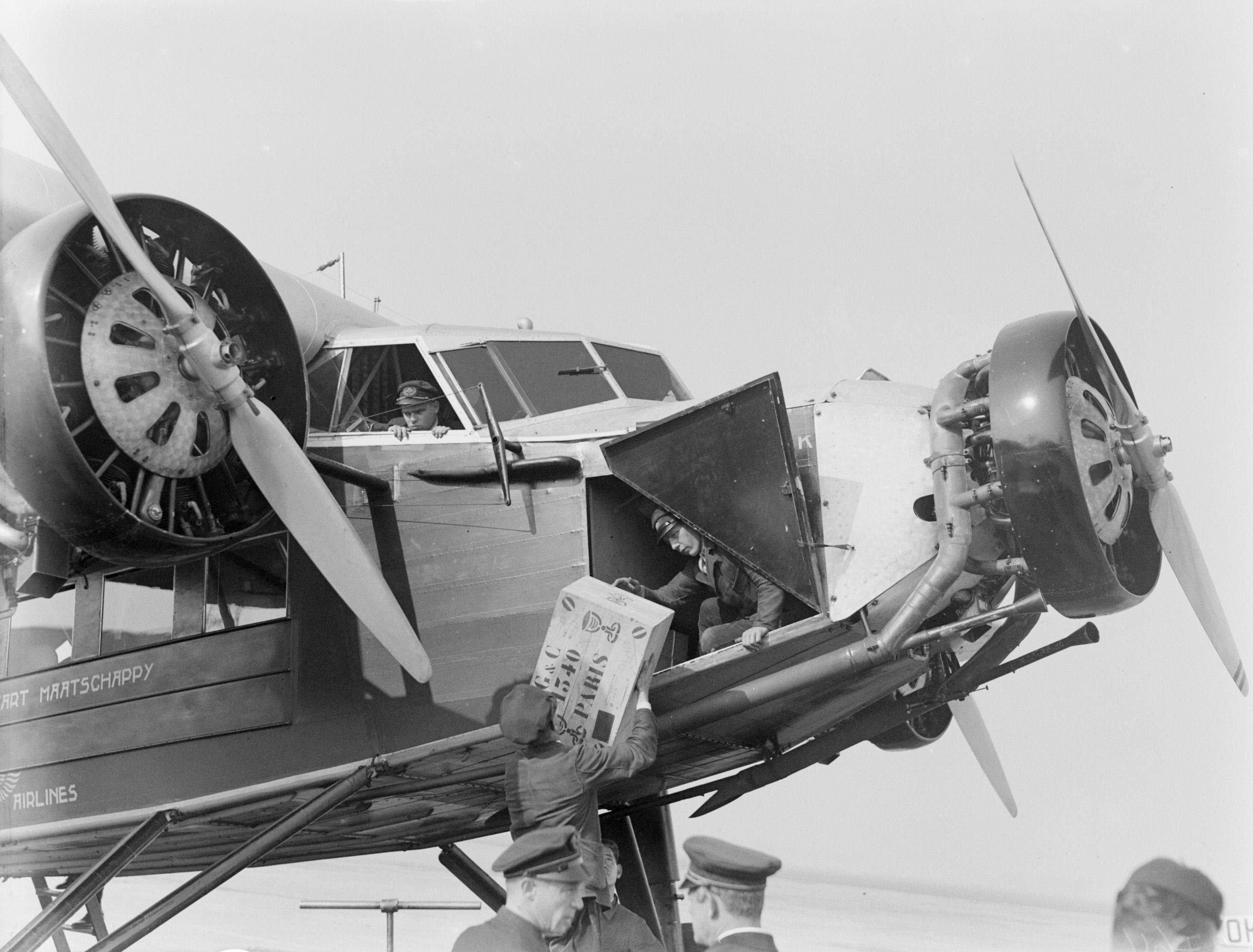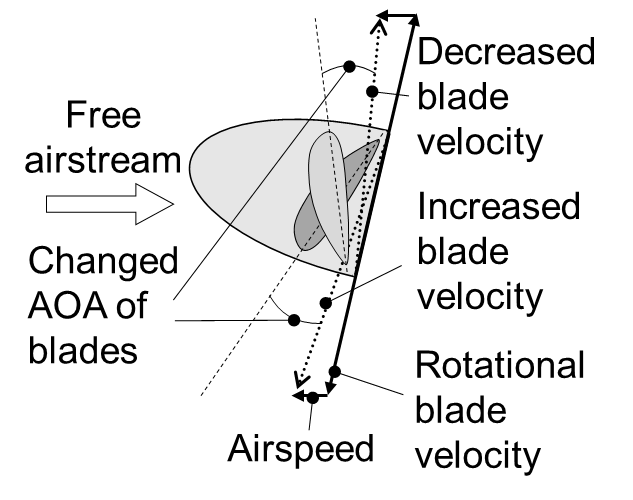|
Tailwheel
Conventional landing gear, or tailwheel-type landing gear, is an aircraft undercarriage consisting of two main wheels forward of the center of gravity and a small wheel or skid to support the tail.Crane, Dale: ''Dictionary of Aeronautical Terms, third edition'', page 133. Aviation Supplies & Academics, 1997. From the Ground Up, 27th edition, page 11 The term taildragger is also used, although some argue it should apply only to those aircraft with a tailskid rather than a wheel. The term "conventional" persists for historical reasons, but all modern jet aircraft and most modern propeller aircraft use tricycle gear. History In early aircraft, a tailskid made of metal or wood was used to support the tail on the ground. In most modern aircraft with conventional landing gear, a small articulated wheel assembly is attached to the rearmost part of the airframe in place of the skid. This wheel may be steered by the pilot through a connection to the rudder pedals, allowing the rudder ... [...More Info...] [...Related Items...] OR: [Wikipedia] [Google] [Baidu] |
Differential Braking
Landing gear is the undercarriage of an aircraft or spacecraft that is used for takeoff or landing. For aircraft it is generally needed for both. It was also formerly called ''alighting gear'' by some manufacturers, such as the Glenn L. Martin Company. For aircraft, Stinton makes the terminology distinction ''undercarriage (British) = landing gear (US)''. For aircraft, the landing gear supports the craft when it is not flying, allowing it to take off, land, and taxi without damage. Wheeled landing gear is the most common, with skis or Seaplane, floats needed to operate from snow/ice/water and skids for vertical operation on land. Faster aircraft have retractable undercarriages, which fold away during flight to reduce drag (physics), drag. Some unusual landing gear have been evaluated experimentally. These include: no landing gear (to save weight), made possible by operating from a catapult cradle and flexible landing deck: air cushion (to enable operation over a wide range of g ... [...More Info...] [...Related Items...] OR: [Wikipedia] [Google] [Baidu] |
Landing Gear
Landing gear is the undercarriage of an aircraft or spacecraft that is used for takeoff or landing. For aircraft it is generally needed for both. It was also formerly called ''alighting gear'' by some manufacturers, such as the Glenn L. Martin Company. For aircraft, Stinton makes the terminology distinction ''undercarriage (British) = landing gear (US)''. For aircraft, the landing gear supports the craft when it is not flying, allowing it to take off, land, and taxi without damage. Wheeled landing gear is the most common, with skis or floats needed to operate from snow/ice/water and skids for vertical operation on land. Faster aircraft have retractable undercarriages, which fold away during flight to reduce drag. Some unusual landing gear have been evaluated experimentally. These include: no landing gear (to save weight), made possible by operating from a catapult cradle and flexible landing deck: air cushion (to enable operation over a wide range of ground obstacles and wat ... [...More Info...] [...Related Items...] OR: [Wikipedia] [Google] [Baidu] |
Tricycle Gear
Tricycle gear is a type of aircraft undercarriage, or ''landing gear'', arranged in a tricycle fashion. The tricycle arrangement has a single nose wheel in the front, and two or more main wheels slightly aft of the center of gravity. Tricycle gear aircraft are the easiest for takeoff, landing and taxiing, and consequently the configuration is the most widely used on aircraft.Crane, Dale: ''Dictionary of Aeronautical Terms, third edition'', page 524. Aviation Supplies & Academics, 1997. Aviation Publishers Co. Limited, ''From the Ground Up'', page 11 (27th revised edition) History Several early aircraft had primitive tricycle gear, notably very early Antoinette planes and the Curtiss Pushers of the pre-World War I Pioneer Era of aviation. Waldo Waterman's 1929 tailless '' Whatsit'' was one of the first to have a steerable nose wheel. In 1956, Cessna introduced sprung-steel tricycle landing gear on the Cessna 172. Their marketing department described this as "Land-O-Matic" t ... [...More Info...] [...Related Items...] OR: [Wikipedia] [Google] [Baidu] |
Tricycle Landing Gear
Tricycle gear is a type of aircraft undercarriage, or ''landing gear'', arranged in a tricycle fashion. The tricycle arrangement has a single nose wheel in the front, and two or more main wheels slightly aft of the center of gravity. Tricycle gear aircraft are the easiest for takeoff, landing and taxiing, and consequently the configuration is the most widely used on aircraft.Crane, Dale: ''Dictionary of Aeronautical Terms, third edition'', page 524. Aviation Supplies & Academics, 1997. Aviation Publishers Co. Limited, ''From the Ground Up'', page 11 (27th revised edition) History Several early aircraft had primitive tricycle gear, notably very early Antoinette planes and the Curtiss Pushers of the pre-World War I Pioneer Era of aviation. Waldo Waterman's 1929 tailless '' Whatsit'' was one of the first to have a steerable nose wheel. In 1956, Cessna introduced sprung-steel tricycle landing gear on the Cessna 172. Their marketing department described this as "Land-O-Matic" t ... [...More Info...] [...Related Items...] OR: [Wikipedia] [Google] [Baidu] |
Heinkel He 178
The Heinkel He 178 was an experimental aircraft designed and produced by the German aircraft manufacturer Heinkel. It was the world's first aircraft to fly using the thrust from a turbojet engine. The He 178 was developed to test the jet propulsion concept devised by the German engineer Hans von Ohain during the mid-1930s. Having secured the industrial support of Ernst Heinkel, von Ohain was able to demonstrate a working turbojet engine, the Heinkel HeS 1, in September 1937. Heinkel pursued development of the He 178 as a private venture, independent of the German authorities and the Luftwaffe, keeping the aircraft relatively secret for much of its development. Heinkel was keen not only to demonstrate the capabilities of aviation gas turbines, but had a separate emphasis on developing high-speed flight technologies. On 27 August 1939, the He 178 V1, the first prototype, performed its maiden flight, piloted by Erich Warsitz. This flight, which only lasted for six minutes, had been ... [...More Info...] [...Related Items...] OR: [Wikipedia] [Google] [Baidu] |
Messerschmitt Me 262
The Messerschmitt Me 262, nicknamed ''Schwalbe'' (German: "Swallow") in fighter versions, or ''Sturmvogel'' (German: "Storm Bird") in fighter-bomber versions, is a fighter aircraft and fighter-bomber that was designed and produced by the German aircraft manufacturer Messerschmitt. It was the world's first operational jet-powered fighter aircraft. The initial design of what would become the Me 262 started in April 1939, prior to the start of the Second World War. While the aircraft performed its maiden flight on 18 April 1941, this was using piston engine instead of jet propulsion; it was not until 18 July 1942 that the first jet-powered flight was performed. Progress on the project was delayed by problems with engines, metallurgy and top-level interference from figures such as Hermann Göring, head of the Luftwaffe, and Adolf Hitler. The latter advocated from the Me 262 to be operated as a ground-attack/bomber aircraft rather than a defensive interceptor, thus necessitating a ... [...More Info...] [...Related Items...] OR: [Wikipedia] [Google] [Baidu] |
Center Of Gravity Of An Aircraft
The center of gravity (CG) of an aircraft is the point over which the aircraft would balance. Its position is calculated after supporting the aircraft on at least two sets of weighing scales or load cells and noting the weight shown on each set of scales or load cells. The center of gravity affects the stability of the aircraft. To ensure the aircraft is safe to fly, the center of gravity must fall within specified limits established by the aircraft manufacturer. Terminology ;Ballast: Ballast is removable or permanently installed weight in an aircraft used to bring the center of gravity into the allowable range. ;Center-of-Gravity Limits: Center of gravity (CG) limits are specified longitudinal (forward and aft) and/or lateral (left and right) limits within which the aircraft's center of gravity must be located during flight. The CG limits are indicated in the airplane flight manual. The area between the limits is called the ''CG range'' of the aircraft. ;Weight and Balance: ... [...More Info...] [...Related Items...] OR: [Wikipedia] [Google] [Baidu] |
P-factor
P-factor, also known as asymmetric blade effect and asymmetric disc effect, is an aerodynamic phenomenon experienced by a moving propeller,) where the propeller's center of thrust moves off-center when the aircraft is at a high angle of attack. This shift in the location of the center of thrust will exert a yawing moment on the aircraft, causing it to yaw slightly to one side. A rudder input is required to counteract the yawing tendency. Causes When a propeller aircraft is flying at cruise speed in level flight, the propeller disc is perpendicular to the relative airflow through the propeller. Each of the propeller blades contacts the air at the same angle and speed, and thus the thrust produced is evenly distributed across the propeller. However, at lower speeds the aircraft will typically be in a nose-high attitude, with the propeller disc rotated slightly toward the horizontal. This has two effects. Firstly, propeller blades will be more forward when in the down positi ... [...More Info...] [...Related Items...] OR: [Wikipedia] [Google] [Baidu] |
Jet Blast
Jet blast is the phenomenon of rapid air movement produced by the jet engines of aircraft, particularly on or before takeoff. A large jet-engined aircraft can produce winds of up to as far away as behind it at 40% maximum rated power. Jet blast can be a hazard to people or other unsecured objects behind the aircraft, and is capable of flattening buildings and destroying vehicles. Despite the power and potentially destructive nature of jet blast, there are relatively few jet blast incidents. Due to the invisible nature of jet blast and the aerodynamic properties of light aircraft, light aircraft moving about airports are particularly vulnerable. Pilots of light aircraft frequently stay off to the side of the runway, rather than follow in the centre, to negate the effect of the blast. Propeller planes are also capable of generating significant rearwards winds, known as prop wash. Maho Beach in Sint Maarten is famous for its unique proximity to the runway of Princess Julia ... [...More Info...] [...Related Items...] OR: [Wikipedia] [Google] [Baidu] |
Angle Of Attack
In fluid dynamics, angle of attack (AOA, α, or \alpha) is the angle between a reference line on a body (often the chord line of an airfoil) and the vector representing the relative motion between the body and the fluid through which it is moving. Angle of attack is the angle between the body's reference line and the oncoming flow. This article focuses on the most common application, the angle of attack of a wing or airfoil moving through air. In aerodynamics, angle of attack specifies the angle between the chord line of the wing of a fixed-wing aircraft and the vector representing the relative motion between the aircraft and the atmosphere. Since a wing can have twist, a chord line of the whole wing may not be definable, so an alternate reference line is simply defined. Often, the chord line of the root of the wing is chosen as the reference line. Another choice is to use a horizontal line on the fuselage as the reference line (and also as the longitudinal axis). Some aut ... [...More Info...] [...Related Items...] OR: [Wikipedia] [Google] [Baidu] |









